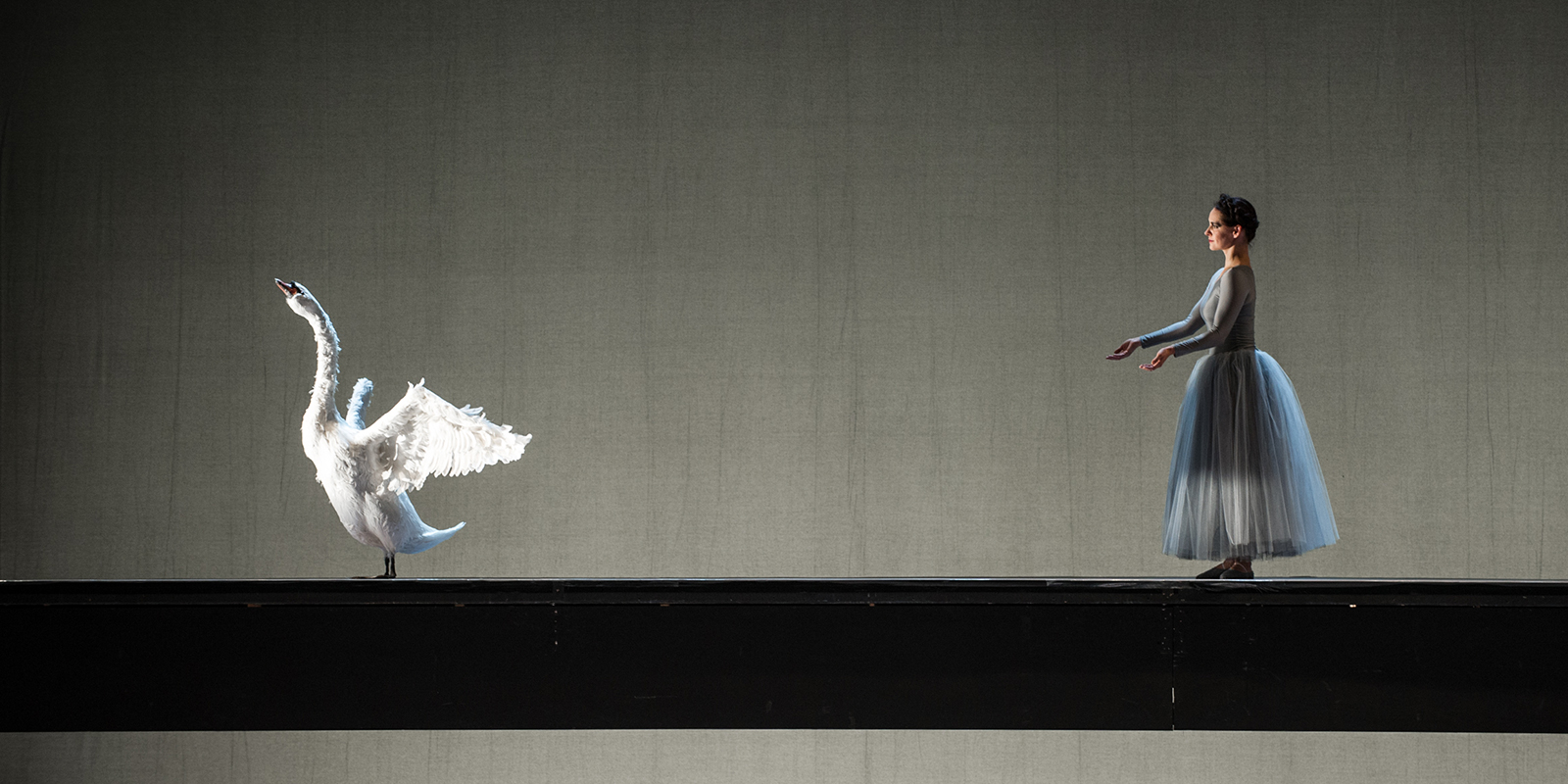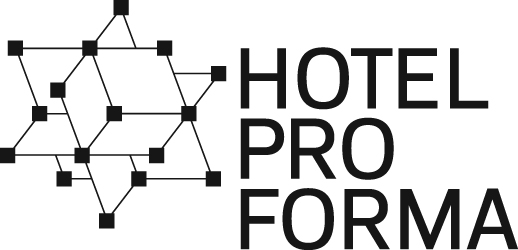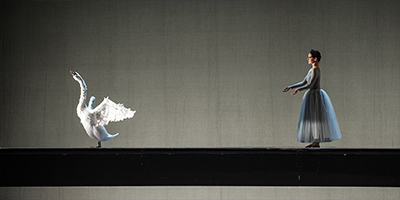
PARSIFAL
Richard Wagner
2013
Created in artistic collaboration with Hotel Pro Forma
Parsifal Thomas Mohr
Parsifal Sign Language Interpreter Olgierd Kosiba
Kundry Agnieszka Zwierko
Kundry Performer Lisbeth Sonne
Gurnemanz Mario Klein
Amfortas Mark Morouse
Klingsor George Mechliński
Titurel Krzysztof Bączyk
1st grail knight Charles Bochański
2nd grail knight Andrew Ogórkiewicz
1st squire Monika Mych-Nowicka
2nd squire Magdalena Wilczyńska-Goś
3rd squire Peter Friebe
4th squire Marek Szymanski
Flower maidens Monika Mych-Nowicka, Natalia Puczniewska, Magdalena Wilczyńska-Goś, Barbara Gutaj-Monowid, Galina Kuklina, Katarzyna Wlodarczyk
Heavenly voice Magdalena Wilczyńska-Goś
Ballerina Monika Gałęska
Conductor Gabriel Chmura
Concept Kirsten Dehlholm, Jon R. Skulberg
Stage direction Kirsten Dehlholm
Light design Jesper Kongshaug
Choreography Jon R. Skulberg
Set Design Kirsten Dehlholm, Jon R. Skulberg, Jesper Kongshaug
Architect David Zahle
Costume design Henrik Vibskov
Video Amanda Szabo
Model making and visual research Atelier Hotel Pro Forma
Dramaturgy Iury Trojaborg
At the beginning: who are you?
Hotel Pro Forma is an international laboratory of performance and installations. Perception, perspective and themes from the world are blended into a conceptual, visual and musical art form. The artistic process is exploratory and trans-disciplinary. The structure of the work is strongly anchored in music, visual arts and architecture. Themes and subjects are presented in new contexts, and experimental technology in audio-visuals, light and sound is often developed for each work. Atelier Hotel Pro Forma is a new organization under Hotel Pro Forma, offering internship for international students and young creators.
Since 1985 Hotel Pro Forma has produced more than 50 works shown in over 30 countries, ranging from exhibitions to performances. The artistic director is visual artist Kirsten Dehlholm.
A few weeks ago, during Malta Festival in Poznań, I met a couple from Denmark, who were impressed by the news, that Hotel Pro Forma would realize a new performance in Poznan. They assured me of coming to Poznan especially for it. Later I learnt that a group of 46 people from Denmark rents a bus to come to Poznan and see your Parsifal. So I have to ask you again: who are you? Why there is such a big interest in your work by Danes? Where does the attitude to treat your work as a mystical experience come from?
There is a large amount of interest for Hotel Pro Forma’s work, but not only by Danes. As I said, Hotel Pro Forma has existed since 1985, and our work has always been persistently awakening the senses, the perception, reflections of thoughts in our audience. Touching universal and deeply human phenomena, it keeps themes and questions open for individual interpretations. It is carried by images that open up for what is behind the curtain, what is beyond. And what is in between. There is never one simple answer.
You are not a typical group of producers, you create a formation that consists of director, dramatist, set and costume designer, architect, light designer… Is that why your creations are more complete and multidimensional?
The experience for the audience is always a totality of many different impressions. We work with a non hierarchical dramaturgy. We believe that the interaction of visuals, music, text and space all are part of the narrative and the contents. We let the very different elements fertilize each other as the very different artistic collaborators each bring something valuable to the total concept and the finished result.
It is not the first time you are in Poland, but Parsifal is the first production prepared from the beginning in Poland and for the Polish theatre. How do you approach this challenge?
First of all we are happy to get the chance to create a new production for a large Polish theatre and we take this challenge very seriously. Then we look at the concrete space of the theatre. We work with space as a co-player. Teatr Wielki´s main stage contains a movable floor that offers expanded possibilities for creating images in direct dialogue with the architecture. Scenes may thus be born as images without even building an actual set. Besides we use all the qualities from the (artistic?) workshops of the house. We wish to give the house a special kind of visual performance but also this means to make them understand that the superb visual language needs time and precision to be developed. It is a challenge.
While producing the performance War Sum Up in Latvia, you prepared the film Hotel Pro Forma Sum Up, showing your work on the performance. Is it the picture of your everyday reality or does it change depending on the place? Do you plan to create Parsifal the same way?
Every production is different one from the other. The theme, the condition, the context for Hotel Pro Forma´s War Sum Up and for Teatre Wielki´s Parsifal are very different. But still the methods of analyzing the subject matter and developing a concept that corresponds to the circumstances, that is the same.
How did you divide your work on Parsifal? What are the responsibilities of each of you?
We, Kirsten Dehlholm and Jon R. Skulberg are equally responsible for the concept, the direction and the choreography. We choose our artistic team responsible for dramaturgy, light, costumes, architecture, performance. We develop the work in a close collaboration with all of them. As we are also in dialogue with Maestro Chmura.
Who is Wagner for you and how do you find his music? How do you perceive the libretto?
Is this music or the content that inspires you in creating the performance?
Wagner´s music was unknown for us until this project. But now that we have gotten to know it better, we understand that that the notion of time and duration in Parsifal corresponds with the essence of Hotel Pro Forma´s productions. The music is written for the stage. The music must be directed with all that the stage can offer. Wagner´s music carries you on a floating stream, but the libretto makes you sink or run aground.
In the first place it is the contents and the subtext that inspire us to create the performance. Wagner´s music doesn´t work well from the cd player. Let us be surprised and moved when we attend the performance in the theatre.
In his aesthetics Wagner promoted the concept of „correspondance des arts”, that is why his music dramas are complete within its form – music, words and images are corresponding with each other. How close to this idea is your concept of the performance?
Very close. Hotel Pro Forma´s staging of Parsifal is a scenic poem, in which the objects are metaphors, the stage is the landscape, the light is the storyteller, the voice is the human body, and the music is the bridge to our inner Wagner.
Parsifal refers to a medieval legend. Is your performance a mystical and unrealistic search of the Holy Gral or on the contrary – it comes down to the everyday world where we live?
Our staging of Parsifal brings everyday life into the core of the concept. We uncover the mystical and unrealistic aspects in order to make it more relevant, to give it presence. But never reducing it to banalities, except the banality that our everyday life is a mystery – in every moment.
How are you going to introduce the main characters and who they are in the performance – Parsifal, Gurnemanz, Kundry, Klingsor, Amfortas?
They all are enlarged according to how we conceive their characters. Parsifal has contact to another world. He is doubled by a man who translates his words into sign language for the hearing impaired. Kundry is mirrored by a female performer who represents ten different almost archetypical versions of the mystical woman. Gurnemanz is a library. Amfortas is an invalid in a wheelchair. Klingsor is like a castrated animal. Titurel, the dead father, is a black shadow.
Does the symbolism play an important role in the performance and how will it be presented?
The symbolism plays an important role in Parsifal and we cannot avoid it but must confront it.
We must find our way to translate the symbols into visual images that belong to our way of making context and flow in the performance. This is one of the largest challenges from Wagner to the directors of his work
The music of Wagner is not very easy in reception and perception, additionally it wasn’t received very well in Poland, because of its connotations with Hitler. Aren’t you afraid of possible bad reception of the performance? Have you got any special method to “buy” the favour of the audience?
We are not afraid of bad reception because of Hitler´s relation to Wagner and his music. After all, Wagner is very much appreciated and adored all over the world. But you have to learn to love Wagner because of his music and his libretto. Our Parsifal may be first step of the learning process because of the visual language. And if you still don´t like Wagner and Parsifal after having seen this version, I am afraid that we cannot do anything more to help you. I apologise in advance.
Richard Wagner’s last great opera Parsifal is staged for Teatr Wielki in Poznan by Hotel Pro Forma as a gesamtkunstwerk emphasizing the visual.
The movable floors of the stage are used for scenographic as well as architectonic purposes.The choir is applied to great tableau vivants.
Wagner’s symbolic world is translated to today’s language. The swan is a stuffed swan, carried by an ageing female dancer. The arrow is a huge meteor falling and crushing the house. The grail is eleven swings, the connection to to the higher powers. Gurnemanz the storyteller is a library with books in his great cape, borrowed and read by three dancers, who then bring them back. The perpetually ill Amfortas sits in his wheel chair with his right hand in a red glove. The dead Titurel ascends from the cellar, dressed in black from head to foot. Parsifal the fool is doubled by a sign language interpreter, who translates Parsifal’s song texts into expressive sign language. The enigmatic woman Kundry is doubled by a red haired dancer, who presents herself as ten different characters, all sides of the same woman.
Hotel Pro Forma’s staging of Parsifal was panned by the music critics, but loved and well attended by the audience.
Richard Wagner
2013
Richard Wagners sidste store opera Parsifal iscenesættes til Teatr Wielki i Poznan af Hotel Pro Forma som et gesamtkunstwerk med vægt på det visuelle. Scenerummets bevægelige gulv bruges scenografisk og arkitektonisk. Koret bruges i store tableau vivants. Wagners symbolverden oversættes til nutidens sprog.
Svanen er en udstoppet svane båret af en ældre danserinde. Pilen er en kæmpe meteor, der falder og slår huset i stykker. Gralen er elleve gynger, forbindelsen til det høje. Fortælleren Gurnemanz er et bibliotek med bøger i sin store kappe, som tre dansere låner, læser og bringer tilbage. Den evigt syge Amfortas sidder i kørestol med den højre hånd i en rød handske. Den døde Titurel kommer op nede fra kælderen helt i sort fra top til tå. Dåren Parsifal fordobles med en tegnsprogstolk, der oversætter Parsifals sangtekster til udtryksfuldt tegnsprog. Andre karakterer fremstår som almindelige eller gådefulde figurer i maleriske scenarier.
Den gådefulde kvinde Kundry fordobles med en rødhåret danser, der viser sig som ti forskelige karakterer, alle sider af den samme kvinde.
Hotel Pro Formas iscenesættelse af Parsifal blev nedsablet af musikanmelderne, men elsket og stærkt besøgt af publikum.











